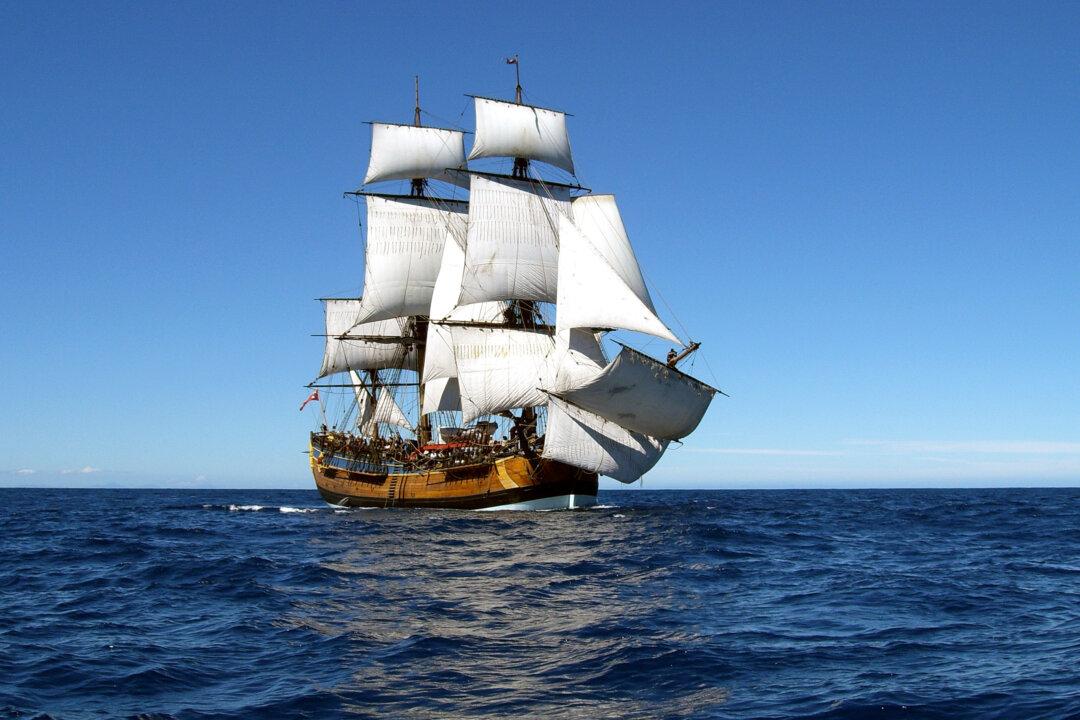Archaeologists are confident that based on the evidence currently available, a shipwreck that has languished underwater for over two centuries is Captain James Cook’s Endeavour.
“I am satisfied that this is the final resting place of one of the most important and contentious vessels in Australia’s maritime history,” Kevin Sumption, the director of the Australian National Maritime Museum, announced on Feb. 3.





